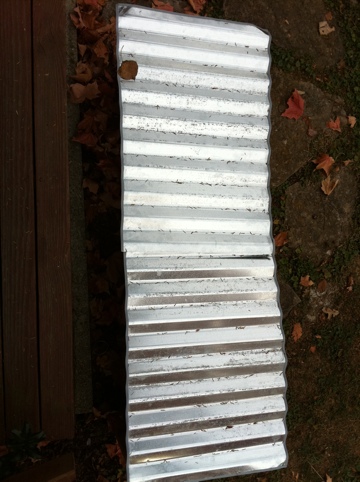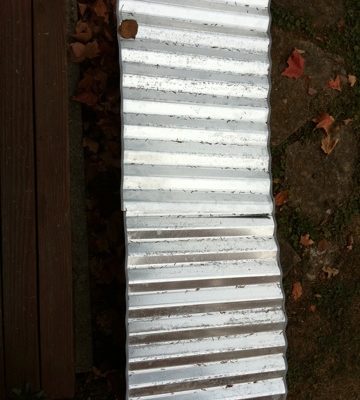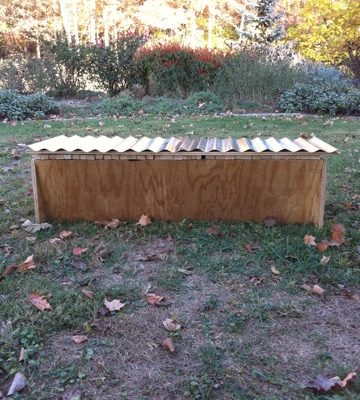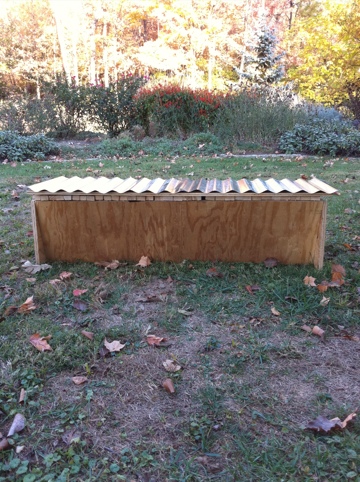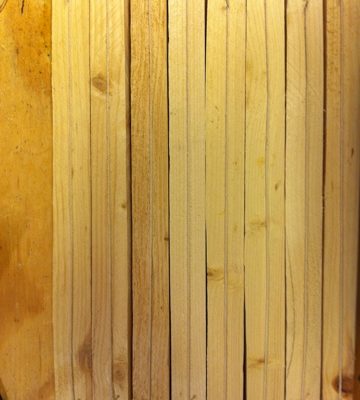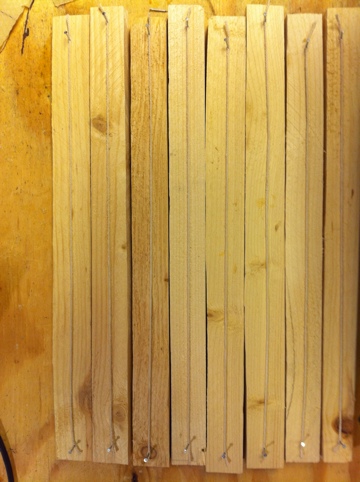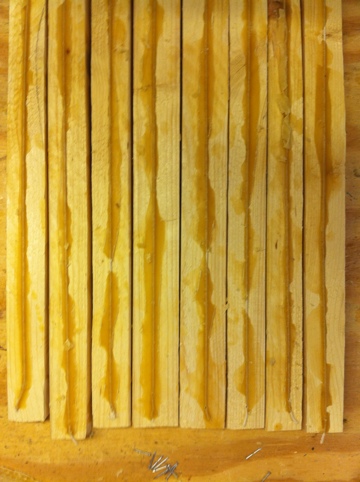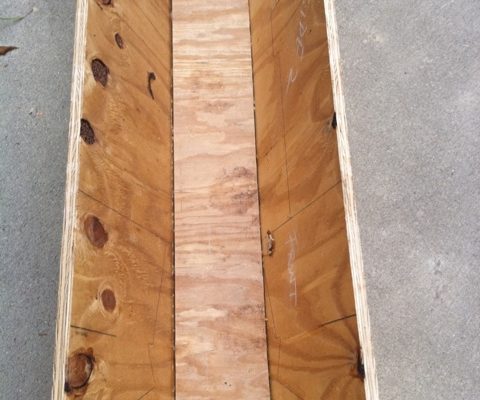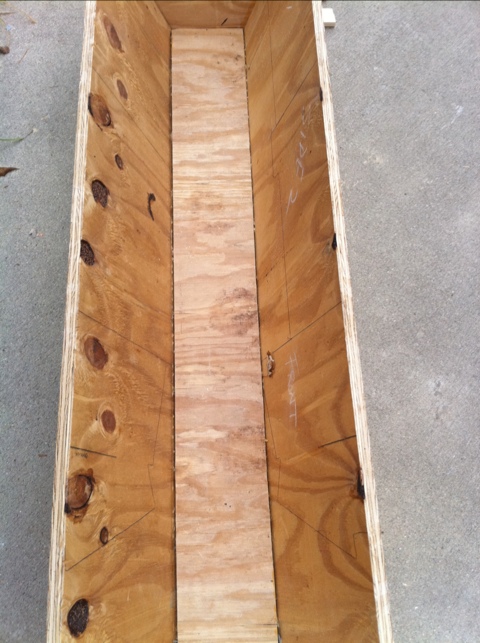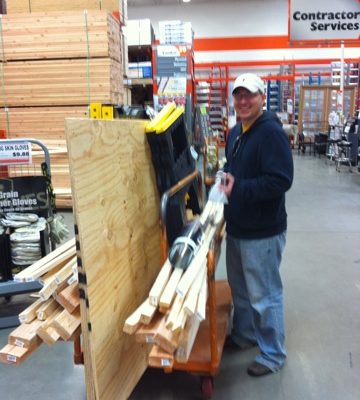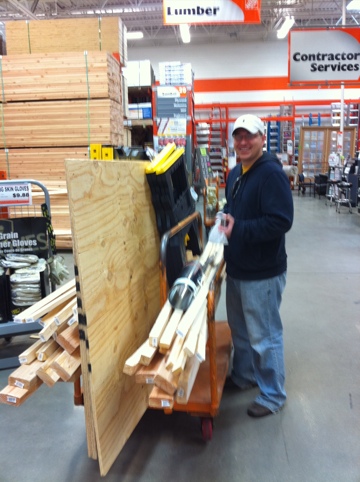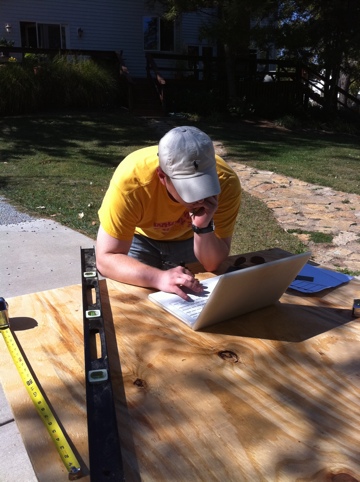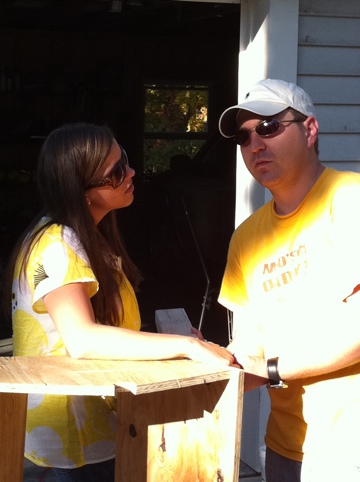My new top-bar hive is being met with general displeasure. The plywood doesn’t seem to be aesthetically pleasing to too many people. I like it. I’d prefer to use some rough-cut lumber, I guess, but that’s not easy to find, Reader. Others want me to see my next hive made of pine.
I think my aesthetics are just different from most.
I LOVE the corrugated tin roof, but it presented a safety issue. No one would go near its shredded edges. The words “to the bone” were often heard. So, on Friday, my friend Sherry and I headed to Loesch Hardware store (where those guys can figure anything out), and we bought some trim stuff and some silicone calk. We trimmed the aluminum shards from the cut edges; we bent the corners down; we lined the edges with this rubber trim stuff and calked it in silicone. Now it’s safe, and I still like it. (Once the sun comes up, I’ll take a picture of it and post it for you.)
Next time, though, I’m going to a metal fabricator to have my tin cut.
.
